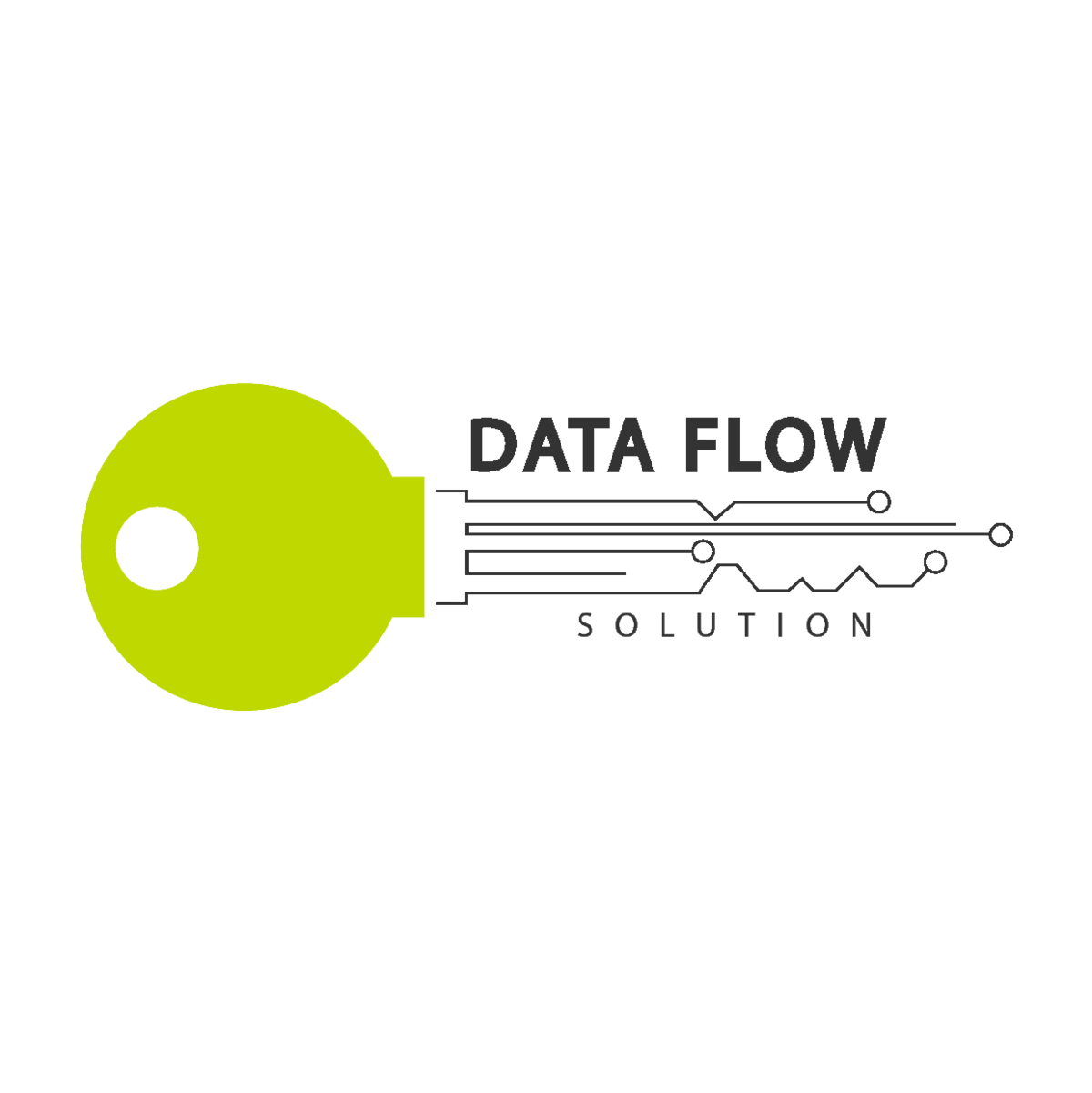Mastering Manufacturing: Navigating Execution and Strategy Challenges in Functional Analysis and Process Flowcharting
E mbarking on a journey to optimize manufacturing processes is a critical undertaking for any organization. One key aspect of this journey involves conducting a functional analysis and drawing manufacturing processes in flowcharts. While these practices are instrumental in enhancing efficiency, companies often grapple with execution and strategy challenges.
This article explores when the right timing is to begin a functional analysis and draw manufacturing processes in flowcharts and how to navigate the associated execution and strategy problems.
Navigating Execution and Strategy Challenges in Functional Analysis and Manufacturing Processes Flowcharting
The Timing Dilemma
Determining the opportune moment to initiate a functional analysis and process flowcharting is crucial. Starting too early may lead to an incomplete understanding of current processes, while beginning too late can result in missed opportunities for optimization. The ideal timing often coincides with significant organizational milestones, such as:
- Process Changes or Upgrades: When a manufacturing process undergoes changes or upgrades, whether due to technological advancements or shifts in product lines, it signals an opportune time for a functional analysis. This ensures that the new processes are well-documented and optimized from the outset.
- Scaling Operations: Companies experiencing growth or expansion should consider a functional analysis. As operations scale, inefficiencies become more pronounced. Conducting a thorough analysis at this stage enables organizations to streamline processes and accommodate increased demand efficiently.
- Introduction of New Technologies: The adoption of new technologies, such as advanced machinery or Industry 4.0 solutions, warrants a functional analysis. Understanding how these technologies integrate into existing processes and workflows is crucial for maximizing their potential impact.
Execution Challenges
- Resistance to Change: Employees may resist changes to established processes. Overcoming this resistance requires effective communication, highlighting the benefits of the proposed changes, and involving key stakeholders in the decision-making process.
- Data Collection and Analysis: Gathering accurate and comprehensive data for the functional analysis can be challenging. Incomplete or inaccurate data may lead to misguided decisions. Implement robust data collection methods and ensure data accuracy through validation processes.
- Integration of Technology: The integration of new technologies into existing processes can be complex. Companies may face technical challenges, such as system compatibility issues or a lack of expertise among staff. Collaborate with IT teams and provide adequate training to ensure a smooth transition.
Strategy Challenges
- Lack of Clear Objectives: Initiating a functional analysis without clear objectives can result in a disjointed strategy. Define specific goals, such as reducing lead times, improving product quality, or optimizing resource utilization, to guide the analysis and subsequent strategy development.
- Inadequate Stakeholder Involvement: Developing a strategy in isolation from key stakeholders can lead to overlooked perspectives and missed opportunities. Involve cross-functional teams, including production, engineering, and management, to ensure a comprehensive and well-rounded strategy.
- Failure to Align with Business Goals: A common strategy pitfall is the failure to align process optimization with broader business goals. Ensure that the proposed changes align with the company’s overall vision, mission, and strategic objectives to maximize the impact of the functional analysis.
Navigating Challenges Effectively
- Collaborative Approach: Foster a collaborative environment that encourages input from various departments and levels within the organization. This approach ensures a comprehensive understanding of processes and promotes buy-in from stakeholders.
- Iterative Process Improvement: Treat the functional analysis and process flowcharting as iterative processes. Continuously gather feedback, monitor performance, and make adjustments as needed. This adaptive approach allows for ongoing improvement and optimization.
- Invest in Training and Change Management: Allocate resources for training programs and change management initiatives. Educate employees on the benefits of process improvements and provide the necessary tools and support to ease the transition.


 Copyright © 2017 Dataflow Solution
AI-Powered Automation, Human-Centered Success.
We Make Your Business Flow Effortlessly.
Copyright © 2017 Dataflow Solution
AI-Powered Automation, Human-Centered Success.
We Make Your Business Flow Effortlessly.